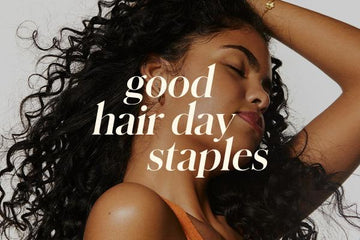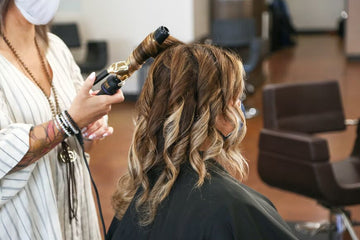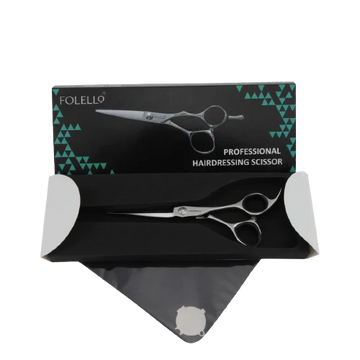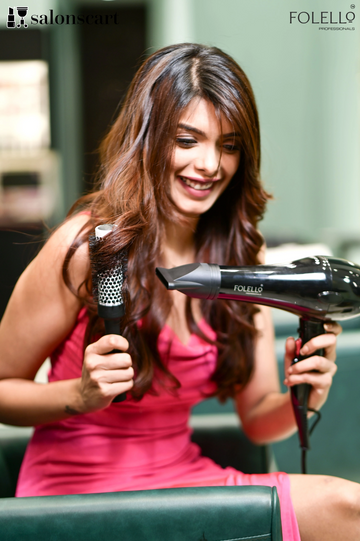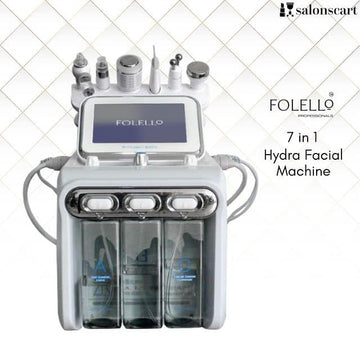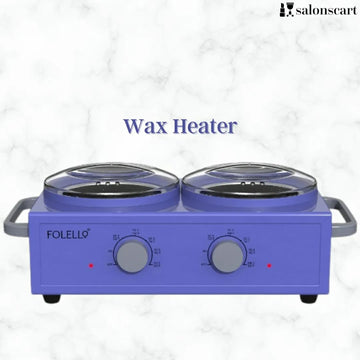Curling hair has been a popular styling technique for generations, transforming flat locks into voluminous waves or bouncy curls. With the advancement in technology, curling tools have become an essential part of every hairstylist's arsenal. Whether you're a professional hairstylist or someone looking to elevate their hair game at home, understanding the various curling tools and techniques is crucial. In this comprehensive guide, we will delve into the world of curling tools, discussing their types, features, and techniques that everyone should master.
Types of Curling Tools
Curling tools come in various shapes and sizes, each designed to create distinct curls or waves. Understanding the differences between these tools is crucial for achieving your desired hairstyle. Let's explore the various types of curling tools available:
- Curling Irons: Curling irons are perhaps the most recognizable curling tools. They consist of a metal barrel that heats up to create curls. Curling irons come in various sizes, ranging from small barrels for tight curls to larger barrels for loose waves. These tools are versatile and can be used to achieve a wide range of curl sizes.
- Curling Wands: Similar to curling irons, curling wands lack the clamp mechanism. They have a tapered or uniform-width barrel, allowing for more natural-looking curls. Curling wands require a bit more skill to use since you need to manually wrap your hair around the barrel without a clamp holding it in place.
- Automatic Curling Irons: These innovative curling tools do the hard work for you. Simply insert a section of hair, and the iron automatically wraps it around the barrel, creating curls with minimal effort. They are great for those who struggle with traditional curling techniques.
- Hair Rollers: Hair rollers have been around for decades, and they are still a viable option for achieving curls. Velcro rollers, hot rollers, and foam rollers can all be used to create different curl sizes and textures. They are gentle on the hair and offer a heat-free curling alternative.
- Curling Brushes: Curling brushes combine the functions of a brush and a curling iron. They have a heated barrel with bristles, allowing you to brush through your hair while curling it simultaneously. These tools are great for achieving soft waves and adding volume.
Features of Professional Curling Tools

When investing in professional curling tools, especially professional-grade ones, certain features can make a significant difference in your styling experience and the results you achieve:
- Adjustable Temperature Settings: Different hair types require different levels of heat. Professional curling tools often come with adjustable temperature settings, ensuring you can tailor the heat to your hair's needs. Fine hair generally requires lower temperatures, while thicker hair may need higher heat settings.
- Barrel Material: The material of the barrel can impact the curl's longevity and the tool's durability. Titanium, ceramic, and tourmaline are common barrel materials. Titanium heats up quickly and distributes heat evenly. Ceramic provides consistent heat, and tourmaline reduces frizz and adds shine.
- Heat-Up Time: Professional tools typically have a shorter heat-up time, allowing you to start styling quickly. This is particularly important for time-sensitive situations.
- Ionic Technology: Many modern curling tools incorporate ionic technology, which helps to reduce frizz and enhance shine by emitting negative ions that counteract the positive ions in hair.
Techniques for Perfect Curls

Achieving flawless curls involves more than just using the right salon curling tool; it requires mastering various techniques to ensure your curls are consistent, long-lasting, and visually stunning. Whether you're a beginner or a seasoned hairstylist, these techniques will help you create the perfect curls you've always desired:
- Preparation: Start with clean, dry hair. Applying a heat protectant is essential to minimize heat damage. Ensure your hair is completely dry before curling to avoid uneven results.
- Sectioning: Divide your hair into manageable sections using clips. Working with smaller sections ensures that each curl is properly heated and holds its shape.
- Curling Direction: The direction in which you curl your hair can affect the overall look. Curling away from the face creates a more open and voluminous look, while curling towards the face frames it and offers a more polished appearance.
- Wrapping Technique: When using curling irons or wands, wrap your hair around the barrel, holding the ends with your fingers. Make sure to leave the ends out slightly for a more natural finish.
- Cooling Time: After releasing the curl from the barrel, cup it in your hand for a few seconds to let it cool in its curled shape. This helps the curl set and last longer.
- Finger Comb: Once you've finished curling all sections, run your fingers through your hair to loosen and blend the curls. You can also use a wide-tooth comb or a brush for a softer look.
- Finishing Products: Depending on your desired look, apply a light-hold hairspray or texturizing spray to set the curls in place without making them stiff.
Conclusion
Mastering the art of curling requires the right curling tools and techniques. With the wide variety of curling tools available, each catering to different preferences and skill levels, there's a perfect tool for everyone. By understanding the types of curling tools, their features, and implementing the right techniques, you can achieve stunning curls or waves that will turn heads. Whether you're a professional hairstylist or a DIY enthusiast, the world of curling tools is at your fingertips, waiting for you to create endless hair styling possibilities.